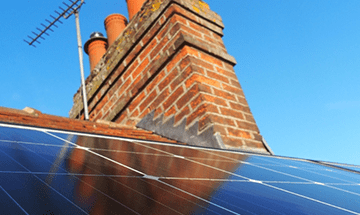The end is drawing ever closer for the feed-in tariff (FiT), marking the closure of another chapter in the solar industry’s history.
By the end of this week, the FiT will be no more and the industry will instead look ahead to the promise of the Smart Export Guarantee (SEG) and a subsidy-free future.
Whilst the FiT may be very much on the way out, its impact cannot be denied. Its history is best summarised by MCS director Chris Roberts, who simply describes it as a “rollercoaster”.
“I think it was necessary to stimulate the industry and it certainly did that. It created a supply chain,” Roberts says, adding that the industry wouldn’t have been established in the same way without it.

Despite its necessity to building up the UK market, the FiT certainly created challenges for those attempting to make a living. Roberts, who ran a solar installation business, cites a lack of customers being the main issue, saying that the FiT being “chopped and changed left, right and centre with no real planning in advance” made customers reluctant to come forward.
It was a trial by fire for installers who, like Roberts, were just setting up their businesses as the cuts to the FiT saw businesses leave the UK market or completely close altogether, with the government predicting 18,700 fewer jobs in the industry as a result of the changes.
Roberts says that hindsight is a wonderful thing, but he believes the FiT was “just done in the wrong way” and was allowed to grow at an unsustainable rate without long-term planning. He does, however, say it was in some ways a positive because it allowed him “to build a business in the darkest days of the industry”.
But not every installer saw negative effects of the cuts to the FiT.
Kevin Holland has been in the industry for over a decade and runs a thriving business in Kings Lynn. Holland has never advertised the FiT as part of his business and remains adamant that his customers come to him for other reasons. He’ll be doing the same after the end of the FiT, saying that people are still “concerned about the environment”.
Read more: Solar Power Portal



